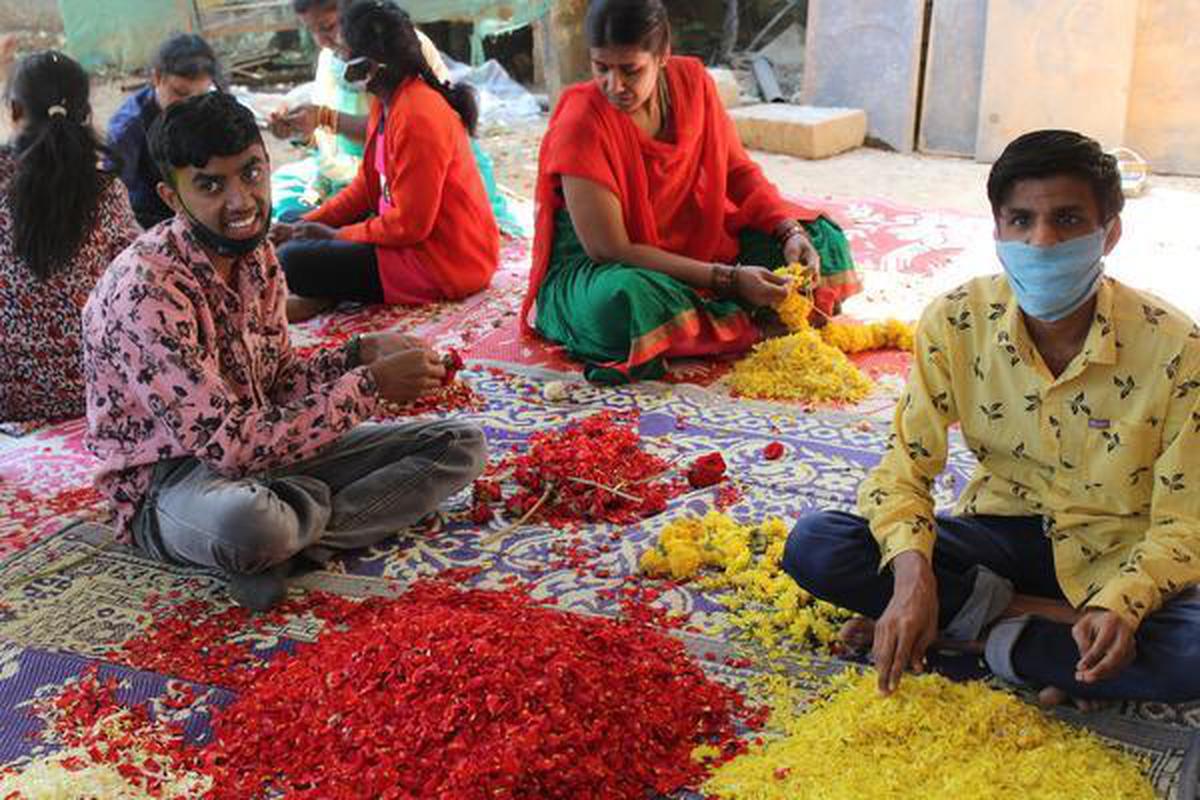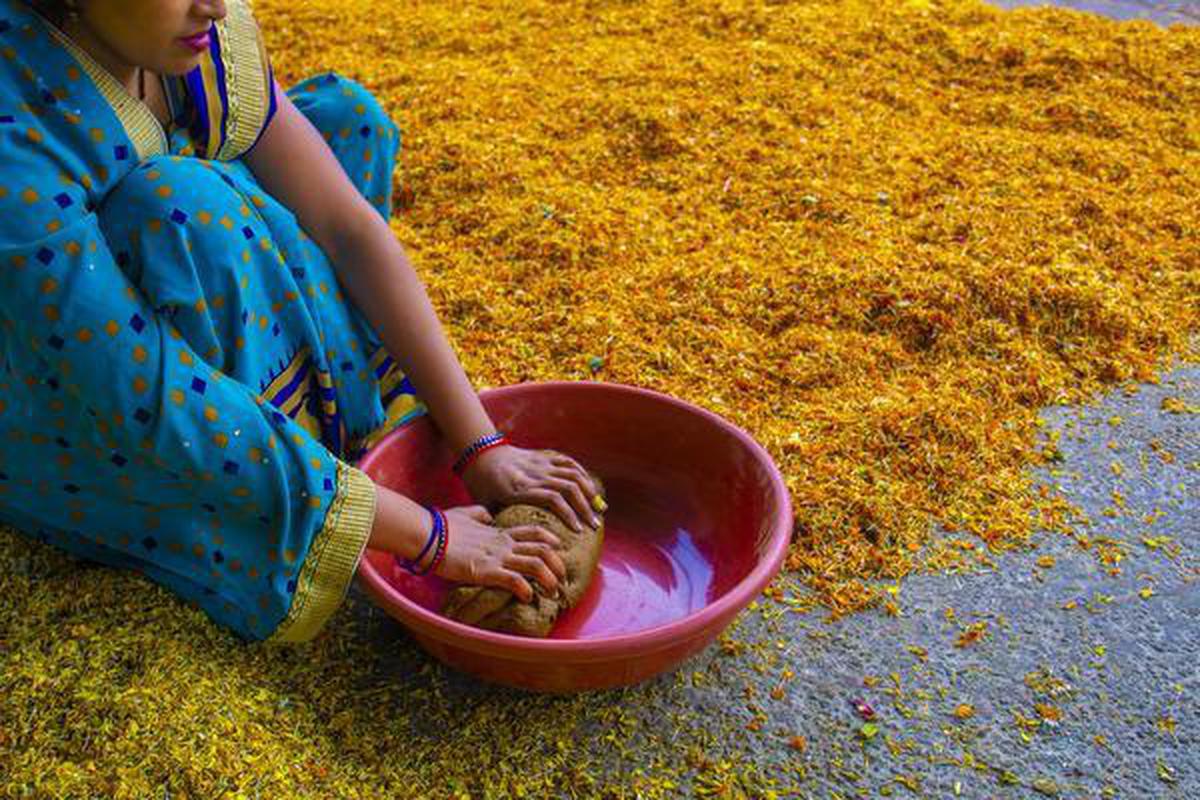As Holi nears, here’s a look at some of the domestic brands that offer organic, skin-safe colors to make your festivities free.
Manya is collecting cherubuddies, marigold, hibiscus and other flowers and boiling them to extract the pigments. “How this Holi was traditionally celebrated; But somewhere along the line, it was replaced by mass-produced synthetic dyes, ”says the 28-year-old natural color artist based in Hyderabad.
Manya, who has been conducting workshops on natural colors for the past two years, is among a growing tribe of people choosing eco-friendly for the popular festival of colors. Over the years, house-to-house brands have also come up with ways to help people celebrate Holi, guilt-free.
Avni, a Kumaon co-operative company founded in 2012, manufactures an organic range of holi colors in five colors. Rashmi Bharti, co-founder of Avni, says, “The orange shade is from a forest flame, blue from Himalayan indigo, yellow from turmeric, a green color from turmeric and indigo, and secretion from an insect.”
They have a model where local farmers convert to wastelands to produce raw materials. “We work with 600 farmers and have around 150 acres of land to grow our raw materials. Pigments are also used to dye fabrics and make organic crayons. ”
The organization uses rice flour as a base and organic dyes are mixed with it. “Dies and detergents are the major cause of pollution of our water bodies, soil and sea. When we choose not to use them, we are contributing less to pollution. Then we force chemical manufacturers to move to make products that are nature friendly. “
Natural dyes not only require less water to wash, but runoff will also not pollute ground water.
Many organizations also use recycled flowers to make pigments. Visakhapatnam-based Greenwave Environmental Solutions collects floral waste from temples to create the colors of its organic Holi with the help of a small team of women.
This year the startup, which specializes in e-waste recycling and environmentally friendly products, is offering holi colors in yellow, green, pink-red and purple for the first time. “The yellow color is made from marigold and turmeric which is collected from seven temples in Visakhapatnam. Our collection campaign began in the last week of February. On average, we collect about a ton of temple waste every month, says Potluri Anil Chaudhary, managing director of Greenwaves Environment Solutions.
Green comes from neem and basil leaves, beetroot is used to make the color of pink-red and purple holly from rose petals. “A large part of the production time goes to drying the flower waste as most of the flowers are collected in wet or semi-wet condition. Once dried, it takes one day to complete the process of turning it into holi colors. Each element in the colors is natural; You can also smell the fragrance of natural products in colors.

People with intellectual disabilities who create skin-friendly Holi colors for the Kraftmen Foundation. Photo courtesy: Special arrangement
For the last four years, the Bengaluru-based NGO, Craftsvision Foundation, has been selling skin-friendly holi colors labeled by petalists made from flowers collected from temples and marriage halls. “Production is done by 200 people with disabilities, by intellectuals with four organizations – NIMHANS, Rural Abhyudaya Seva Samiti (GASS), Orion Seva and Richmond Fellowship Society. We provide training and also market our products.
It takes about four kilograms of flowers to make one kilogram of Holi color. “Although they sold 3,000 kg last year, this year we have made only 1,700 kg. With the epidemic, we were unsure about the market, but sales have been good so far, ”says Mayura.

Natural pigment extracted from recycled flowers by Phool.co. Photo courtesy: Special arrangement
Phulphu also has a similar story. Last year the company launched skin-friendly organic Holi shades with 5,000 packets. “We sold out in a week. So we increased our production five-fold this year, but still, we ran out of our products in three weeks. We had four colors on offer – pink, yellow, green and blue. We also use essential oils to give them fragrances, ”says Apurv Misal, Head-Marketing and Sales of Phool.co.
The firm also sells charcoal-free incense made from recycled flowers collected from temples around the Ganges in Kanpur. “We collect two to two and a half tons of flowers every day. We have trained women from a Dalit background for work. Most of our customers are environment and nature conscious. It is a long journey, but we are happy with the impact we are creating. ”
With inputs from Nivedita Ganguly
.





